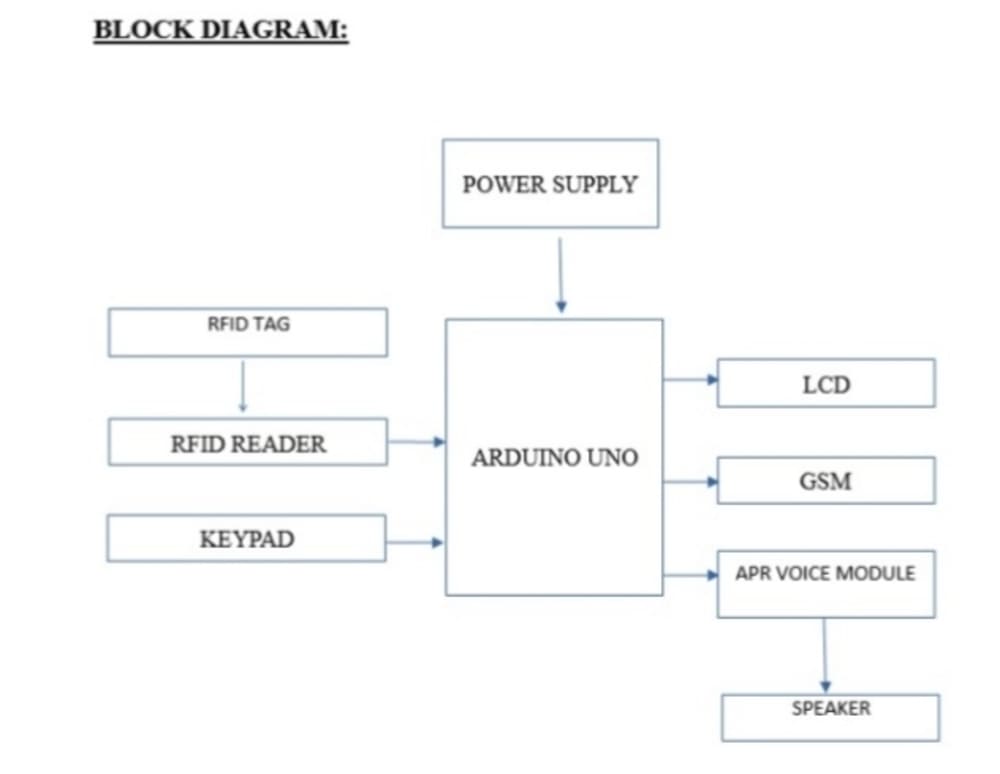While the importance of physical (social) distancing in reducing the spread of COVID-19 has been well-documented, implementing similar controls in public transit remains an open question. For instance, in the United States, guidance for maximum seating capacity in single-destination public transit settings, such as school buses, is only dependent on the physical distance between passengers. In our estimation, the available models/guidance are suboptimal/inefficient since they do not account for the possibility of passengers being from the same household. This paper discusses and addresses the aforementioned limitation through physical distancing models. A mixed-integer programming model is used to assign desired physical distancing requirement without increasing the risk of infection. Card recharge option for the passengers using their representative mobile number. Based on the SMS from representative mobile number the card will be recharged for a particular plan. Whenever the passengers need to travel they tap the card into the reader and then information on how many passengers will be traveling and the destination will be given by the conductor based on passenger’s desire. And the conductor updates the information of the bus present stopping name using APR VOICE MODULE play the audio output. A running application and its source code are available to the public to facilitate adoption and to encourage enhancement.
Like this entry?
-
About the Entrant
- Name:Senthil Kumar G S
- Type of entry:teamTeam members:Sathishkumar S
Tharun Kumar T - Software used for this entry:Embedded C
- Patent status:none

